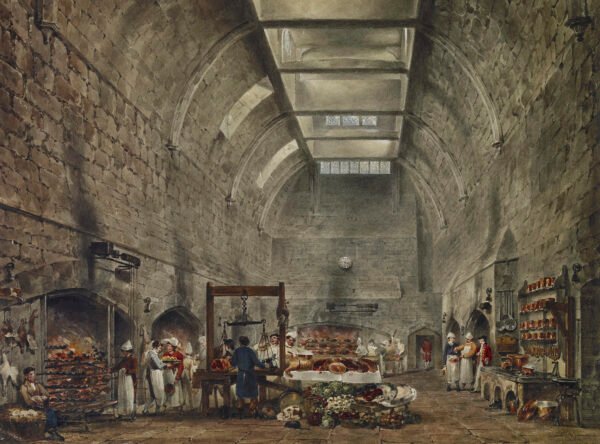No products in the cart.
Exploring the Origins of Fermentation: A Global Perspective
Fermentation is more than a culinary technique—it’s a timeless ritual that transforms simple ingredients into nourishing, healing, and culturally rich expressions of human ingenuity.
From sacred brews in ancient Mesopotamia to groundbreaking culinary innovations in today’s most prestigious kitchens, fermentation stands at the crossroads of science, tradition, and cultural identity. It’s a living craft—an enduring testament to human creativity that has shaped global cuisines and connected generations through shared culinary heritage.
At Palette Synthi™, we honor this profound legacy, exploring how ancient fermentation practices continue to inspire modern innovation, deepen cultural connections, and redefine the art of flavor in today’s culinary landscape.
The Science Behind Fermentation: Nature’s Culinary Alchemy
At its core, fermentation is a biological transformation driven by microorganisms—bacteria, yeast, and molds—that convert sugars into alcohol, acids, or gases. This process not only preserves food but enhances nutrition, elevates digestibility, and unlocks a complexity of flavors that captivate the palate.



(1) Bacteria (Probiotic) – Essential to fermentation, probiotic bacteria such as Lactobacillus convert sugars into lactic acid, preserving foods and enhancing gut health. Found in yogurt, kimchi, and sourdough, these microbes shape both texture and flavor through their metabolic processes.
(2) Baker’s Yeast – A cornerstone of leavened bread and brewing, Saccharomyces cerevisiae ferments sugars into carbon dioxide and alcohol. This yeast has been cultivated for thousands of years, fueling civilizations with bread, beer, and wine.
(3) Moldy Fermentation – Molds like Penicillium and Aspergillus play a critical role in food transformation, breaking down proteins and fats to create rich umami flavors. From blue cheese to soy sauce, controlled mold fermentation defines some of the world’s most cherished culinary traditions.
The Culinary Benefits of Fermentation Beyond Preservation
• Preservation: Extends shelf life, a vital function before refrigeration.
• Enhanced Nutrition: Breaks down complex nutrients, introducing probiotics in foods like kimchi, sauerkraut, and yogurt.
• Complex Flavors: Unlocks layers of deep umami, rich acidity, and savory depth—transforming ordinary ingredients into extraordinary culinary experiences.

Fermented Staples – Across cultures and centuries, fermentation has shaped global cuisine, transforming simple ingredients into nutrient-rich, flavorful staples. From Korea’s spicy kimchi to Europe’s tangy sauerkraut, these probiotic-rich foods not only preserve but elevate taste, digestion, and tradition.
The Microbial Maestros of Fermentation
• Lactic Acid Bacteria (LAB): Strains such as Lactobacillus and Streptococcus drive the fermentation of dairy, vegetables, and meats, producing signature tangy flavors in foods like cheese, yogurt, and kimchi.

Lactic Acid Bacteria – Essential to fermentation, strains like Lactobacillus and Streptococcus break down sugars into lactic acid, preserving food while creating tangy, complex flavors found in cheese, yogurt, and kimchi.
• Yeasts: Powerhouses like Saccharomyces cerevisiae fuel the creation of bread, beer, and wine, transforming sugars into alcohol and carbon dioxide—adding both texture and effervescence.
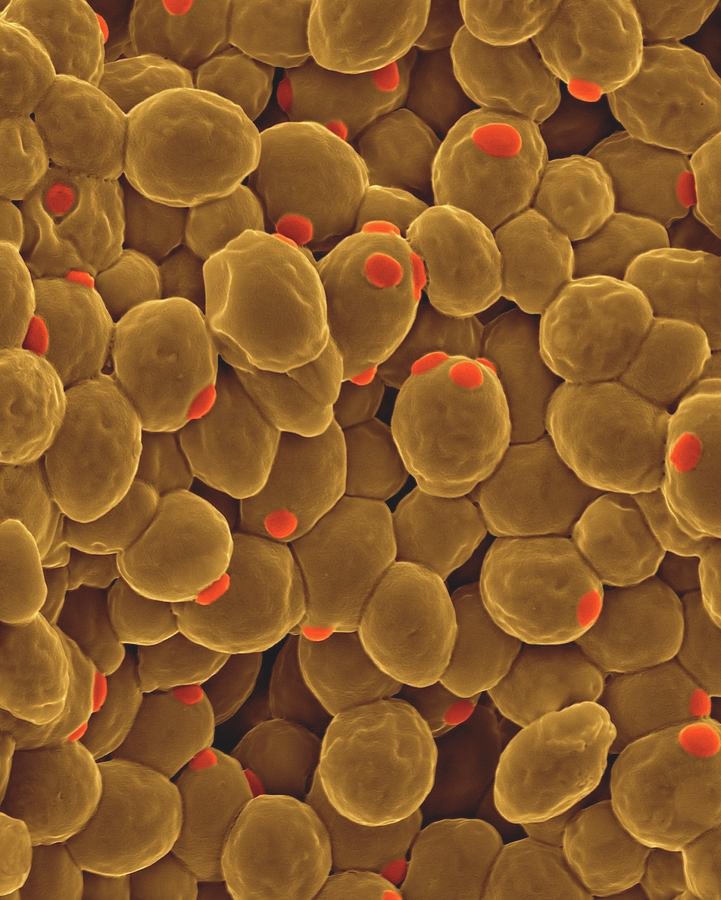
Saccharomyces Cerevisiae – This powerhouse yeast drives the fermentation of bread, beer, and wine, converting sugars into alcohol and carbon dioxide, yielding airy loaves, effervescent drinks, and rich, fermented flavors.
💡 Fermentation is where science meets artistry—an ancient collaboration between nature and human creativity that nourishes, preserves, and delights.
The Health Benefits of Fermented Foods
Fermented foods are celebrated for their powerful health benefits, enhancing both physical well-being and digestive vitality:
• Improved Digestion: This breaks down complex nutrients, making food easier to digest—especially beneficial for those with lactose intolerance.
• Enhanced Nutrient Absorption: Reduces antinutrients like phytates and lectins, allowing for better mineral absorption.
• Probiotic Power: Boosts gut health, strengthens immunity and supports mental well-being through beneficial bacteria.
• Increased Vitamin Content: Elevates levels of essential nutrients, particularly B vitamins.
• Antioxidant Enhancement: Amplifies antioxidant activity in certain foods, helping to combat cellular damage.
💡 Fermentation isn’t just a culinary tradition—it’s a cornerstone of holistic nourishment and vitality.
Ancient Origins of Fermentation: A Testament to Human Ingenuity
The history of fermentation reveals the genius of early civilizations—harnessing nature’s transformative power to preserve and enrich food:
• Mesopotamia (7,000 BCE): Early beer brewing from barley became an essential part of social rituals and sacred ceremonies.


(1) Sumerian Beer Rations Tablet – Dated to 3,100 BCE, this cuneiform tablet from Mesopotamia documents beer distribution, showcasing how fermented beverages were central to daily life, wages, and religious offerings in the earliest cities.
(2) The Stela of Ur-Nanshe – This limestone relief from the Early Dynastic period (circa 2,500 BCE) depicts a banquet scene, highlighting the cultural significance of beer and fermented foods in Sumerian feasts and ritual celebrations.
• Egypt (3,500–300 BCE): Perfected the art of fermenting bread and beer, embedding these staples into daily life and religious offerings.


(1) Egyptian Market Scene – A detailed depiction from the Old Kingdom (circa 2,500 BCE) illustrating daily trade, including the preparation and exchange of fermented goods like bread and beer, staples of ancient Egyptian sustenance and religious rituals.
(2) Model Brewery and Bakery – This wooden model from an Egyptian tomb (circa 2,000 BCE) showcases workers engaged in bread-making and beer brewing, reflecting the fundamental role of fermentation in both daily life and funerary offerings.
• China (7,000 BCE): Crafted the earliest known fermented beverages from rice, honey, and fruit. By 2,000 BCE, soy-based ferments like soy sauce and fermented tofu began shaping Asian culinary traditions.


(1) Ming Dynasty Brewing Practices – A Ming-era illustration (16th century CE) from a medical text details the fermentation of alcoholic beverages, highlighting the medicinal and culinary significance of rice wine in Chinese tradition.
(2) Eastern Han Brewery Relief – This brick relief (25–220 CE) from the Eastern Han Dynasty depicts a traditional winemaking scene, emphasizing the long-standing role of fermentation in shaping early Chinese culinary and ritual practices.
💡 At Palette Synthi™, we celebrate these ancient pioneers whose creative mastery laid the foundation for the culinary artistry and cultural richness we continue to explore today.
Fermentation Across Cultures: A Universal Language of Flavor and Tradition
Fermentation transcends borders—every culture has developed its own rich and diverse expressions of this transformative craft.
Europe: A Legacy of Craft and Terroir
• Cheese and Yogurt: Essential elements of pastoral life, symbolizing craftsmanship and sustenance.
• Wine: In Greece and Italy, winemaking evolved into an esteemed art form, central to social and ceremonial life.
• Sauerkraut: A probiotic-rich staple throughout Germany and Eastern Europe, prized for its health benefits and robust flavor.
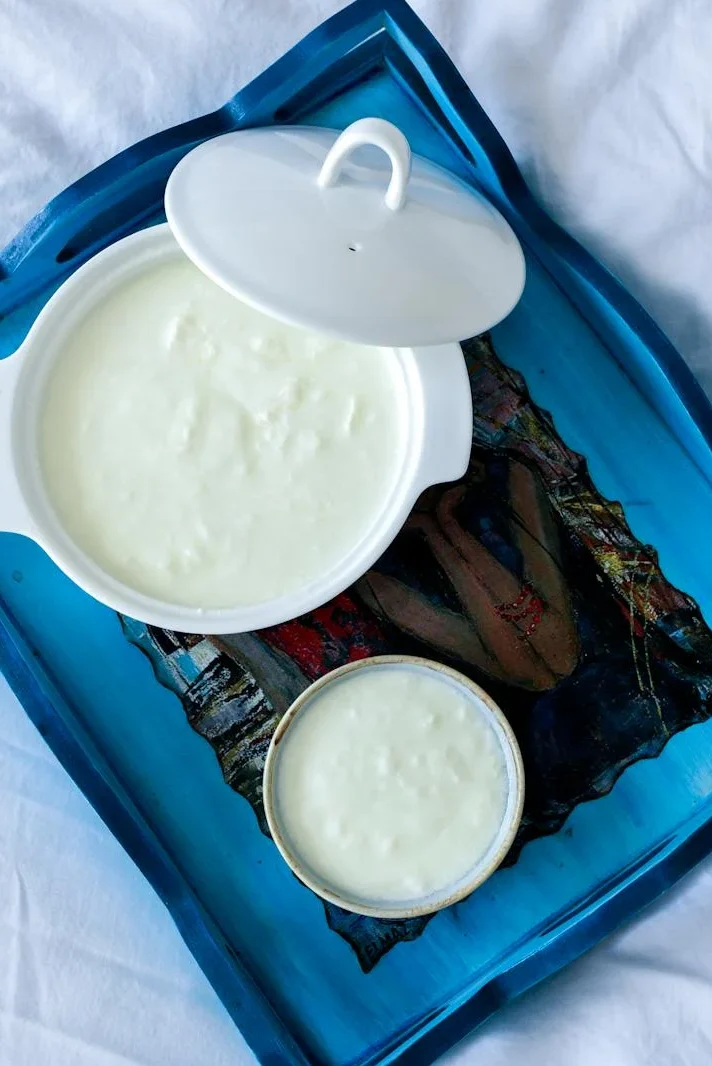

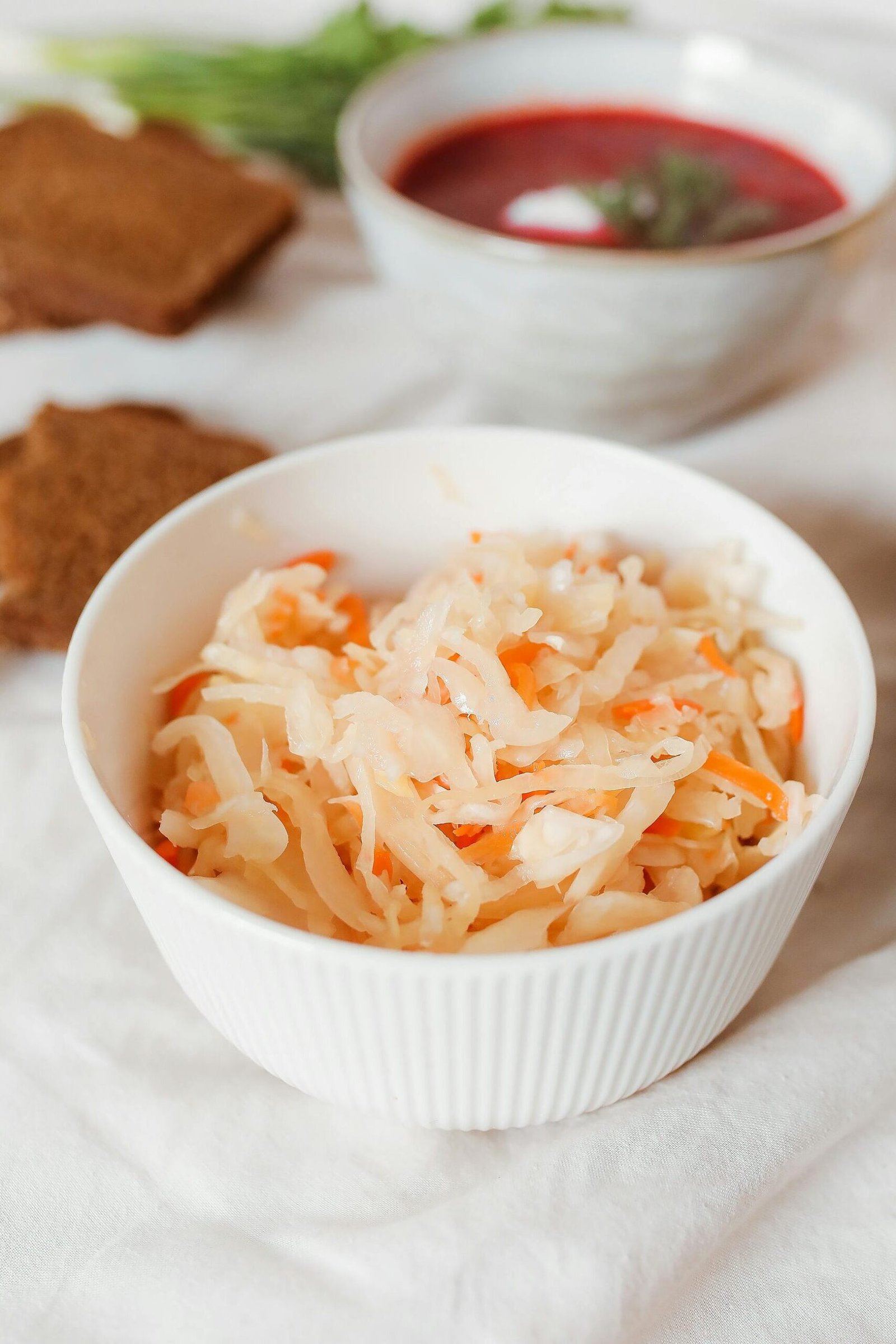
The European Tradition of Fermentation – For centuries, fermentation has shaped European culinary heritage, from the monastic cheese-making traditions of medieval France to the ancient Greek symposiums where wine was a symbol of intellect and society. In Germany and Eastern Europe, sauerkraut became a staple for long winters, preserving nutrients and enhancing gut health. These fermented foods reflect a legacy of craftsmanship, terroir, and the enduring human pursuit of flavor and sustenance.
Asia: Depth, Ritual, and Resilience
• Kimchi (Korea): A cultural cornerstone—spicy fermented cabbage rich in probiotics and history.
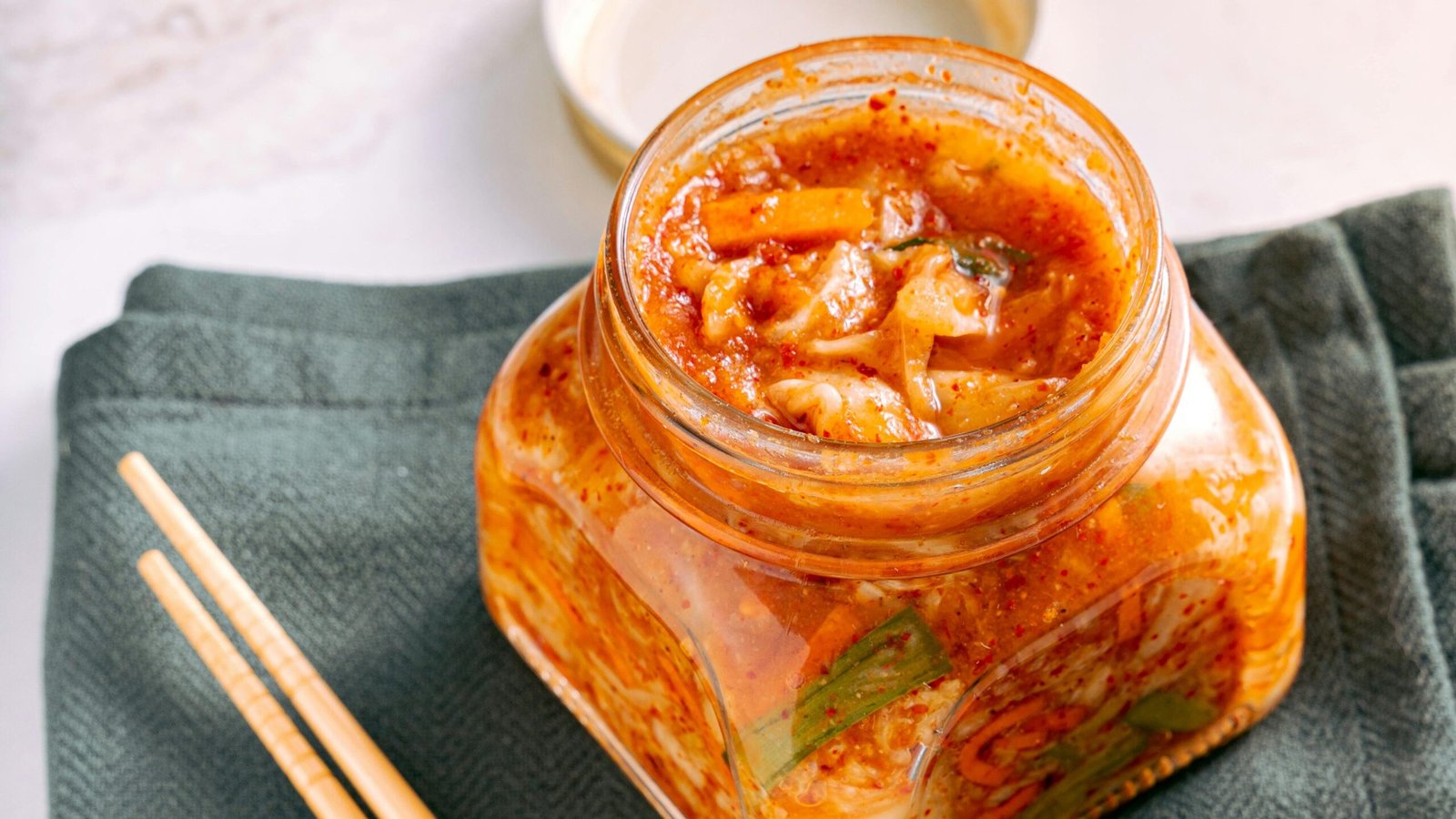
Kimchi – Korea’s Ancient Fermented Tradition – Dating back over 2,000 years to Korea’s Three Kingdoms period (37 BCE–7 CE), kimchi was developed as a method to preserve vegetables through harsh winters. Over centuries, this probiotic-rich dish evolved into a culinary staple, with regional varieties influenced by trade, climate, and cultural shifts.
• Natto (Japan): Fermented soybeans celebrated for their bold umami notes and exceptional health benefits.
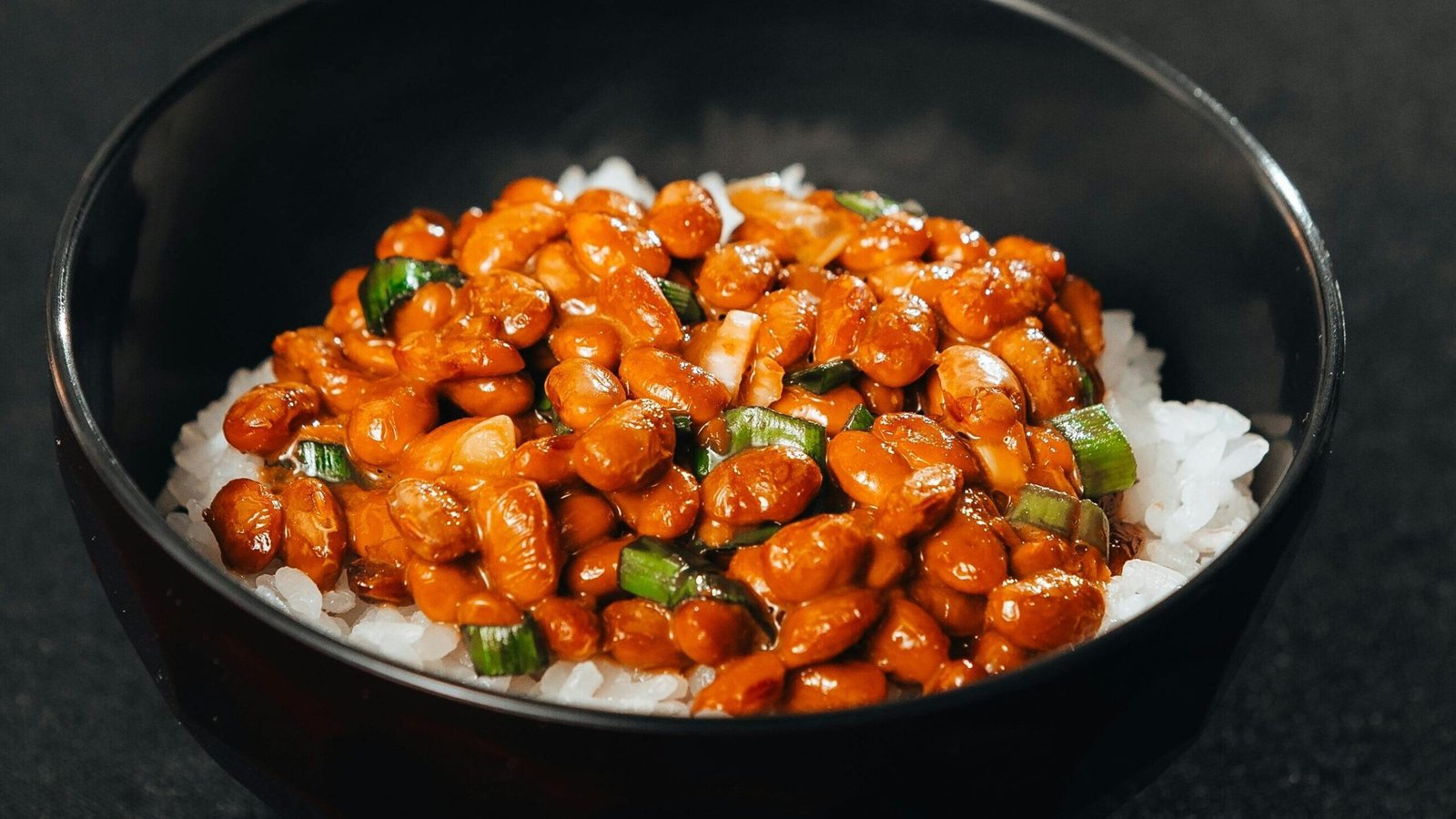
Natto – Japan’s Fermented Superfood – Believed to have originated during Japan’s Heian period (794–1185), natto was possibly discovered by accident when boiled soybeans stored in straw naturally fermented. Rich in vitamin K2 and probiotics, natto remains a staple of Japanese longevity diets, prized for its bold umami flavor and health benefits.
• Tempeh (Indonesia): A protein-packed innovation made from fermented soybeans, reflecting sustainable food practices.

Tempeh – Indonesia’s Ancient Plant-Based Protein – Originating in Java over 300 years ago, tempeh is made by fermenting whole soybeans with Rhizopus mold, creating a firm, high-protein food with a rich, nutty flavor. Its sustainable production and dense nutritional profile have made it a staple in Indonesian cuisine and a global meat alternative.
• Miso (Japan): A versatile soybean paste foundational to soups and sauces, known for its deep umami richness.
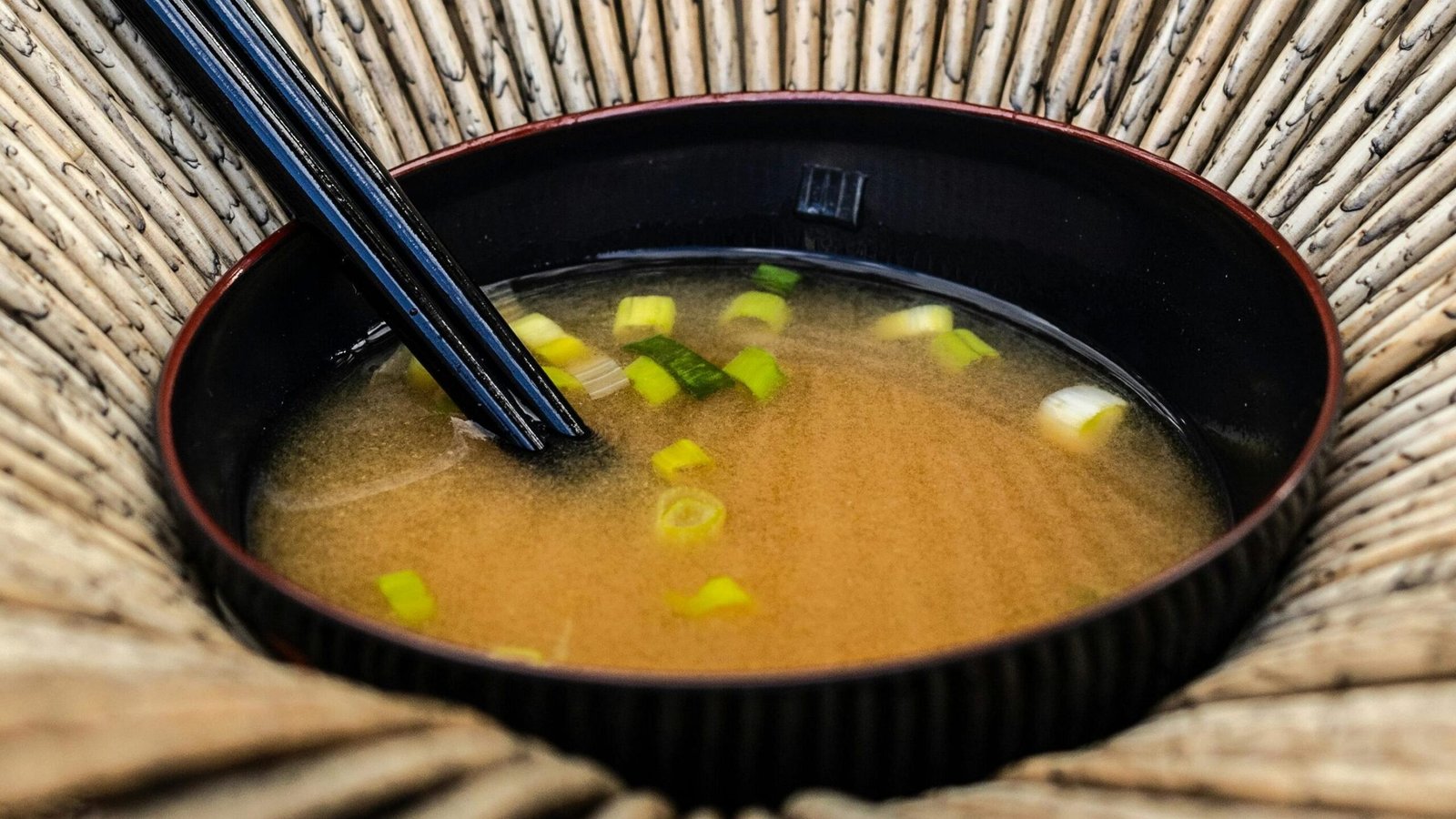
Miso – Japan’s Fermented Flavor Enhancer – Dating back to at least the 8th century, miso emerged as a fundamental ingredient in Japanese cooking, evolving from Chinese fermented soybean pastes. Its probiotic benefits and umami depth make it a cornerstone of Japanese soups, marinades, and dressings, with regional varieties reflecting local tastes and traditions.
Africa: The Spirit of Communal Dining
• Injera (Ethiopia): A fermented teff flatbread, central to Ethiopian hospitality and communal meals.
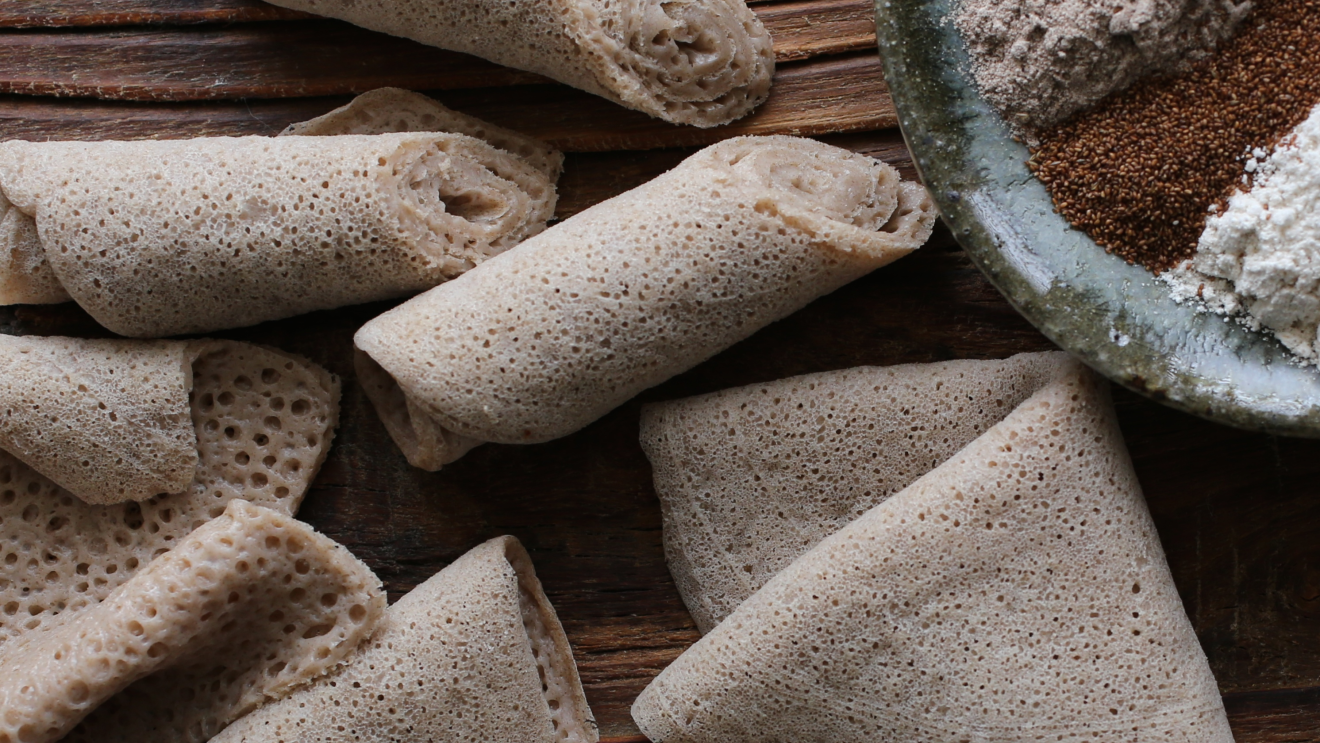
Injera – Ethiopia’s Fermented Staple – Dating back over 3,000 years, injera is a spongy, sourdough flatbread made from teff, the world’s smallest grain. This naturally gluten-free bread serves as both a utensil and a foundation for Ethiopian cuisine, embodying the communal spirit of dining.
• Ogi (West Africa): A fermented corn porridge rich in probiotics, integral to daily sustenance.

Ogi – West Africa’s Nourishing Tradition – A fermented corn porridge with roots in Yoruba and other West African cultures, ogi has been a dietary staple for centuries. Packed with probiotics, it plays a key role in infant nutrition and daily sustenance, often served with milk or sweetened to taste.
• Umqombothi (South Africa): A traditional maize-based beer, deeply rooted in cultural rituals and celebrations.
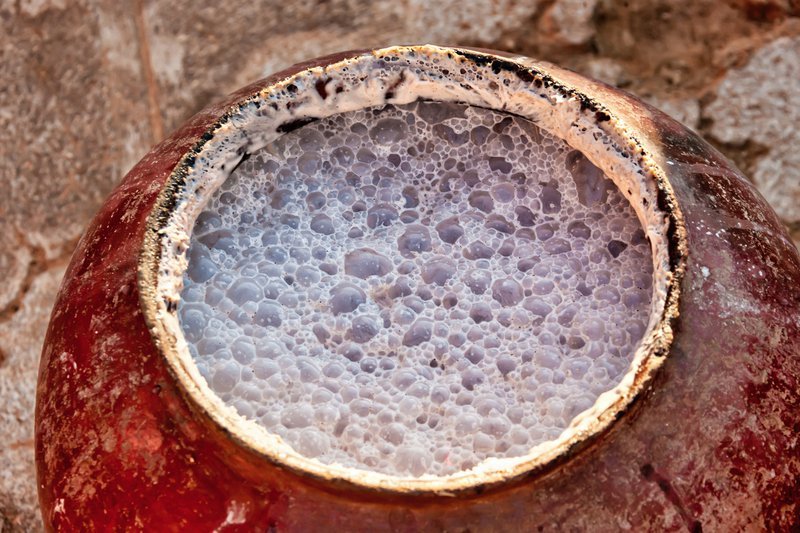
Umqombothi – South Africa’s Ancestral Brew – A traditional beer brewed from maize, sorghum, and water, umqombothi has been central to Xhosa and Zulu rituals for generations. Rich in B vitamins and low in alcohol, it is often prepared for communal gatherings, ceremonies, and rites of passage.
The Americas: Ritual Innovation and Modern Revival
• Chicha (South America): A fermented corn drink with ceremonial significance among Andean cultures.
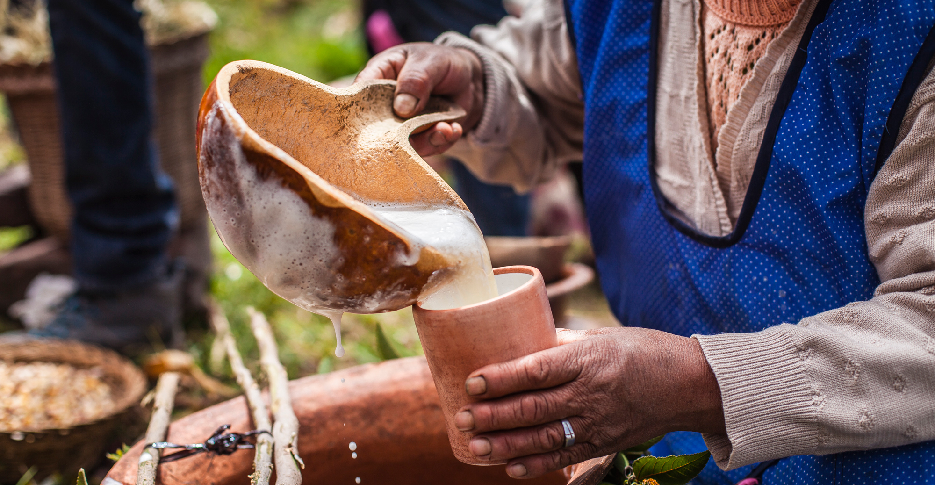
Chicha (South America) – A fermented corn drink with deep roots in Andean culture, chicha was traditionally prepared by chewing maize to break down starches before fermentation. Revered by the Inca, it played a central role in communal rituals and ceremonies, linking agriculture to spiritual and social life.
• Cacao Fermentation (Mesoamerica): An essential process for developing the complex flavors of chocolate.
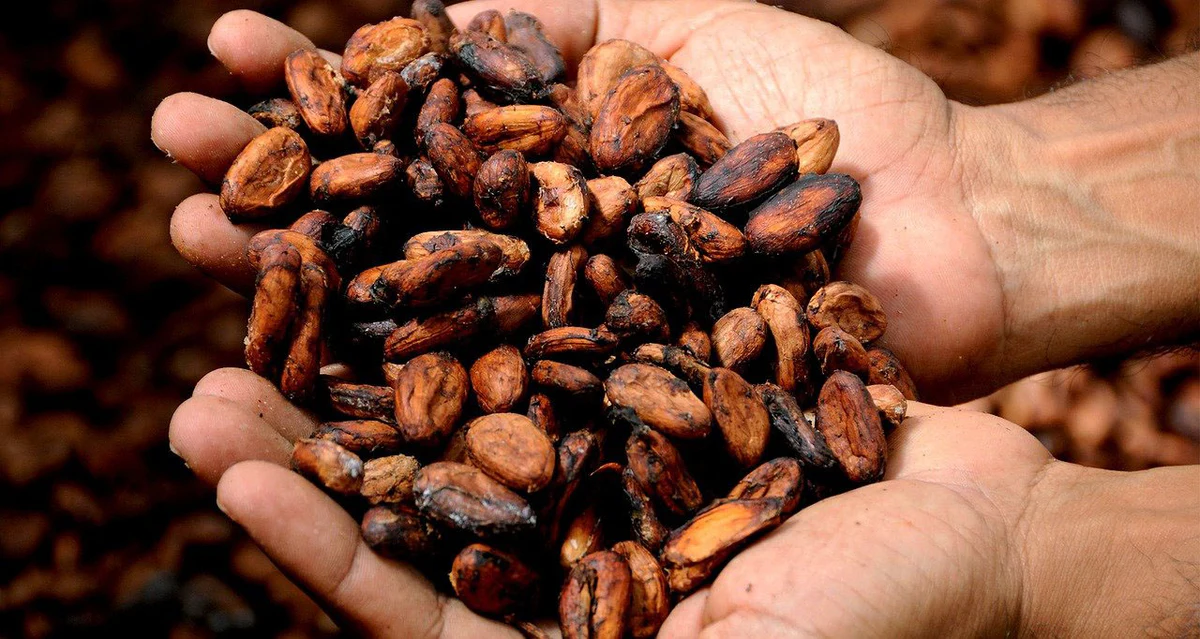
Cacao Fermentation (Mesoamerica) – Essential to the development of chocolate, cacao fermentation was mastered by the Maya and Aztecs as early as 1500 BCE. This crucial step enhances the beans’ complex flavors, transforming them into the rich, bitter foundation for sacred drinks and modern confections alike.
• Kombucha: Though originating in China, it has been embraced by North America’s wellness movement as a health-boosting staple.
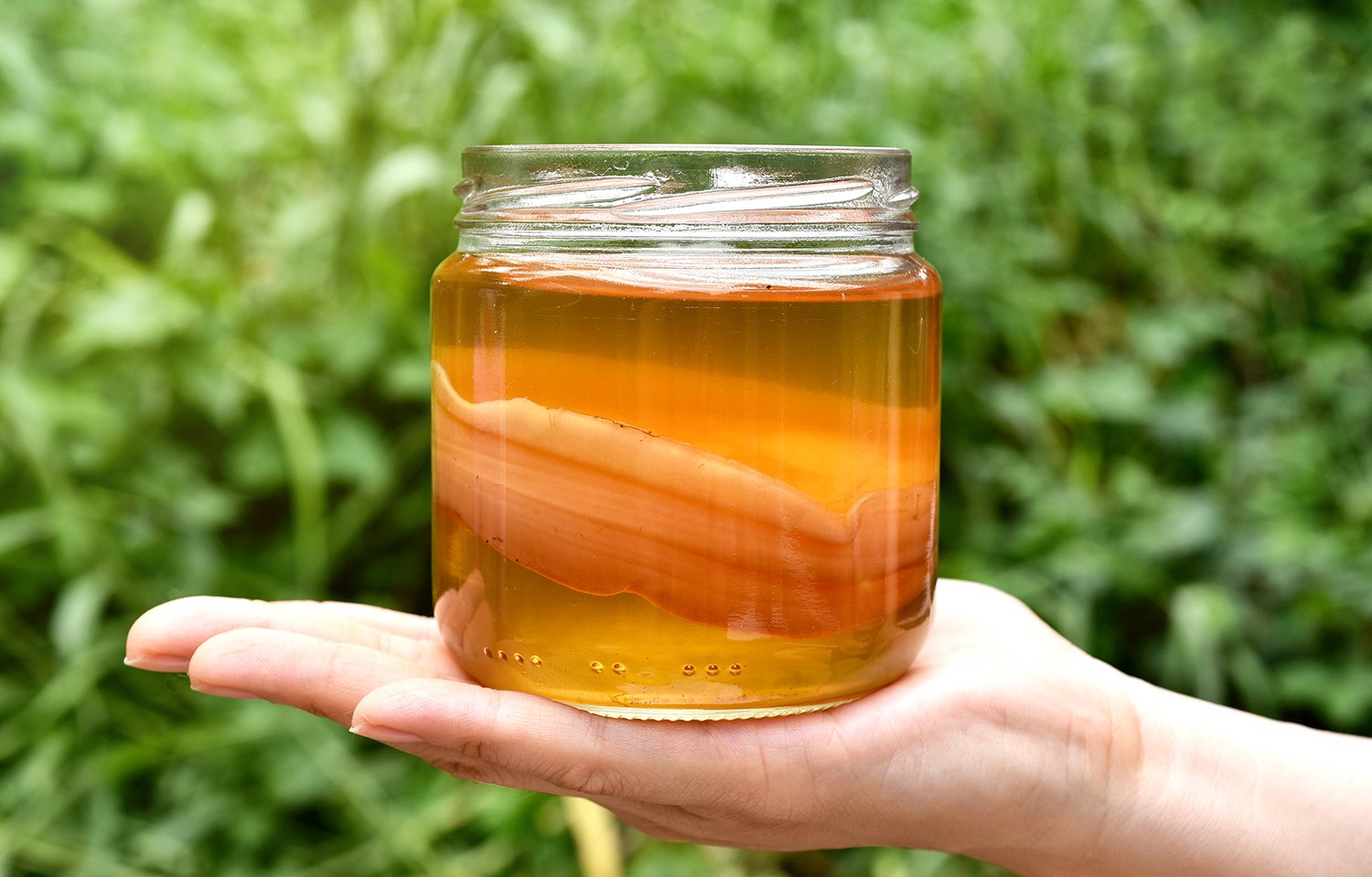
Kombucha (China, Global Expansion) – Originating in China over 2,000 years ago as the “Tea of Immortality,” kombucha spread along the Silk Road and evolved into a probiotic-rich elixir. Today, it is a staple of North America’s wellness movement, celebrated for its gut-healing benefits and effervescent tang.
💡 Fermentation is a global culinary language—a reflection of tradition, creativity, and the universal human connection to flavor and nourishment.
Fermentation in the Modern Culinary World: Tradition Meets Innovation
The Artisan Revival
• Sourdough Renaissance: A pandemic-era surge reignited appreciation for traditional slow-fermentation bread-making.
• Craft Beverages: A growing movement of natural wines, craft beers, and kombucha reflects a renewed enthusiasm for artisanal fermentation.
• Small-Batch Creations: Specialty shops and farmers’ markets now thrive on handcrafted ferments—offering everything from hot sauces to artisanal cheeses.
Health and Wellness Evolution
• Probiotic Powerhouses: Foods like kefir, miso, and kombucha are celebrated for supporting gut health and overall wellness.
• Functional Foods: Fermented supplements and wellness products are becoming staples for health-conscious consumers.
Timed & trialed techniques: Naturally Fermented Miso from Yamasan
– Kyoto, Japan.
Affiliate Disclosure
If you purchase through this link, we may earn a commission
— at no extra cost to you.
— at no extra cost to you.
Culinary Pioneers Pushing Fermentation’s Boundaries
• René Redzepi (Noma): A leader in redefining fermentation in fine dining, known for innovations like fermented garlic honey.
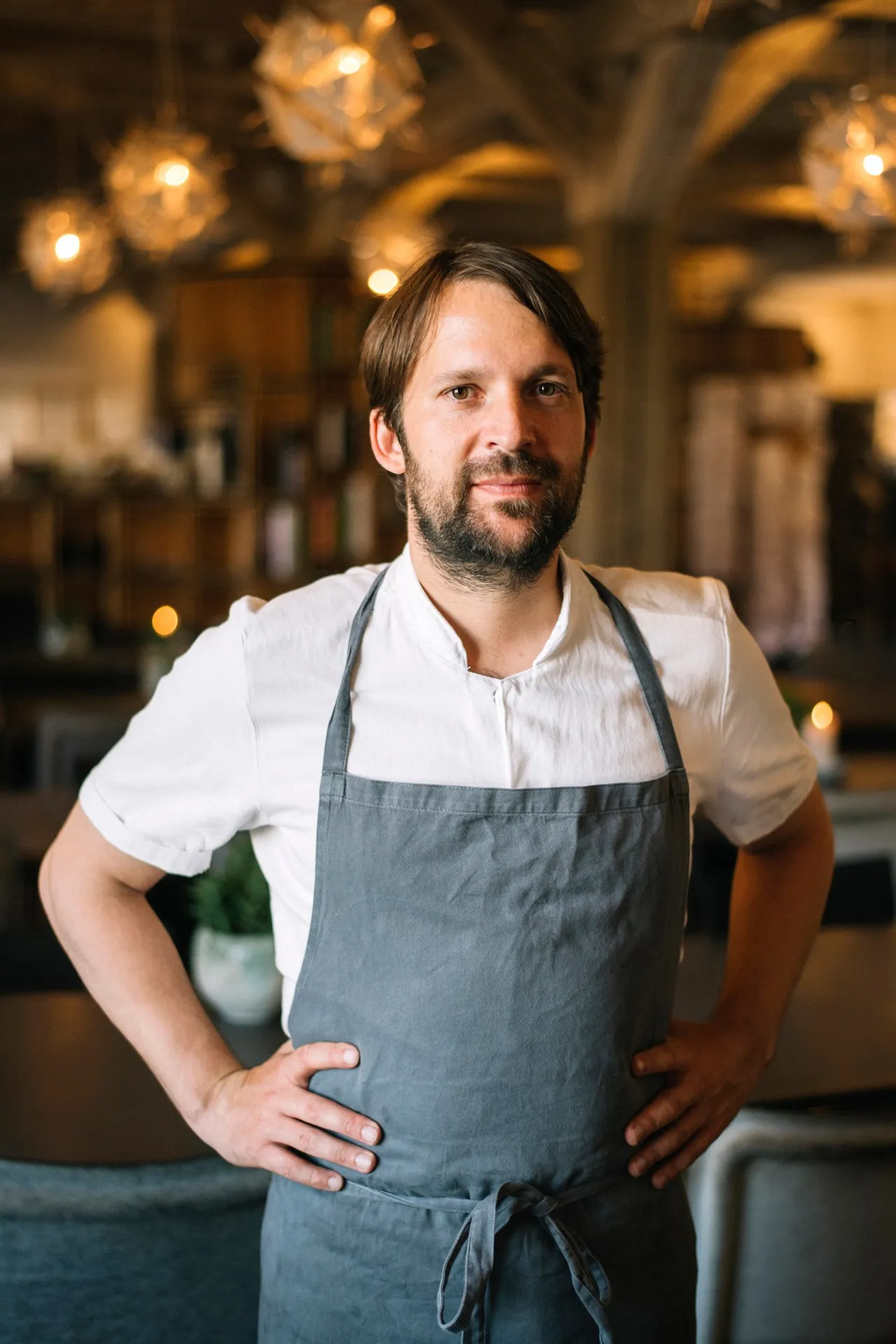
René Redzepi – The Modern Alchemist – As the visionary behind Noma, René Redzepi has revolutionized fine dining by integrating fermentation into haute cuisine. His experimental approach, from fermented garlic honey to koji-aged meats, has set new culinary standards, proving that microbes are as essential as chefs in shaping flavors.
• Sandor Katz: A fermentation pioneer inspiring global home fermenters with his workshops and books.
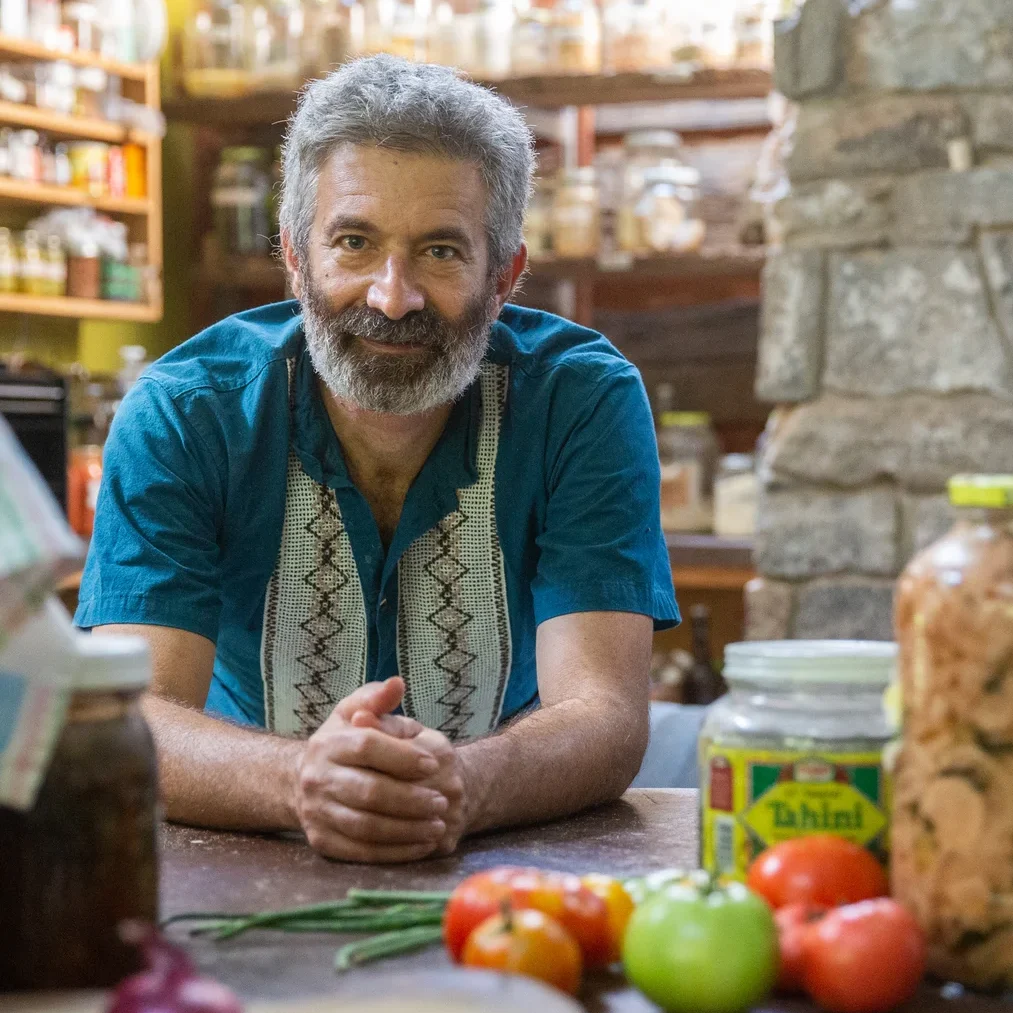
Sandor Katz – The Philosopher of Fermentation – A self-proclaimed “fermentation revivalist,” Sandor Katz has redefined the practice of home fermentation, educating global audiences through his books and workshops. His work has sparked a renewed appreciation for traditional preservation techniques and the microbial world that sustains them.
• Koji Innovation: Chefs are using koji—a fermented rice mold—to craft bold, umami-rich flavors that push culinary creativity to new heights.
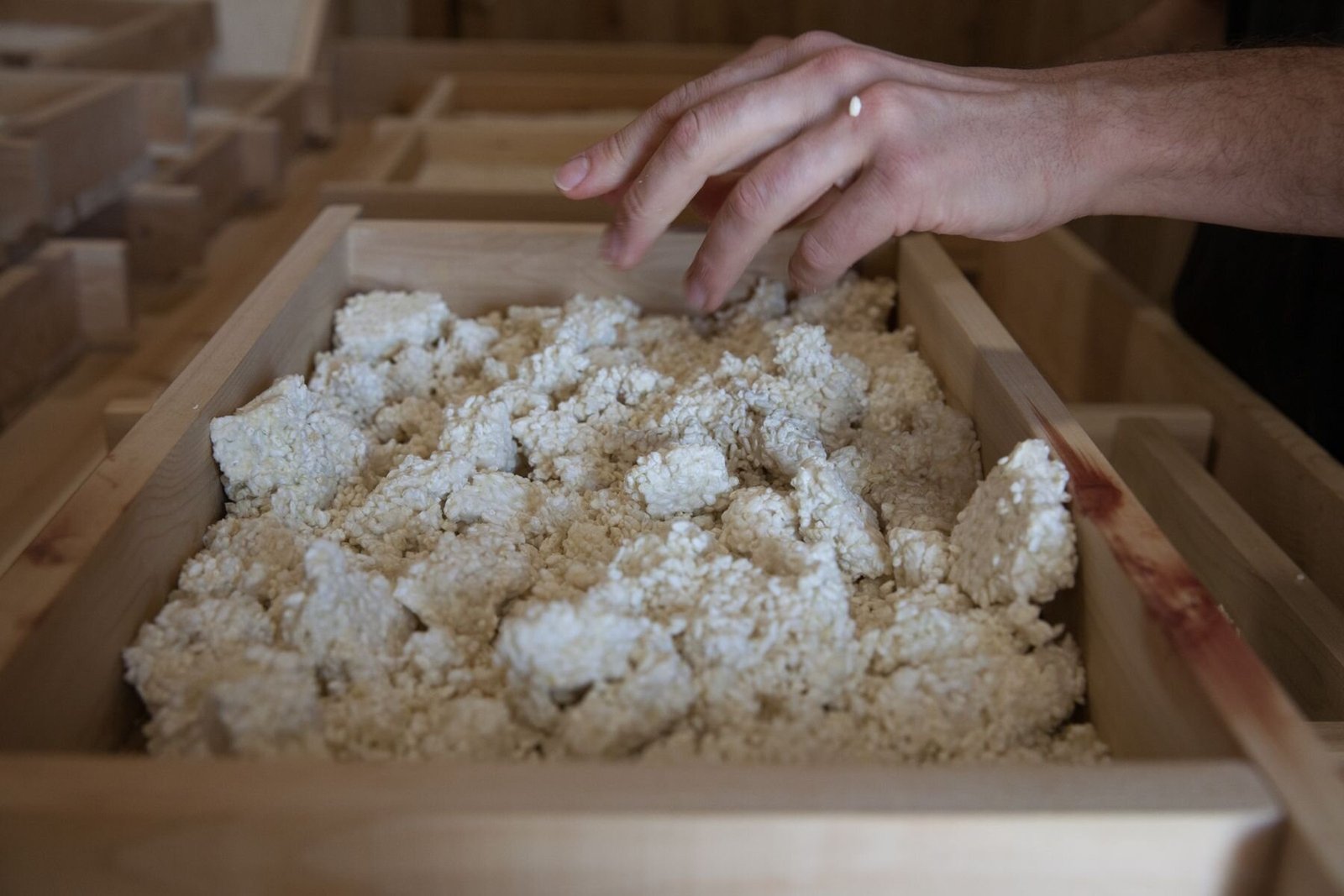
Koji – The Microbial Catalyst of Umami – A cornerstone of Japanese fermentation, koji (Aspergillus oryzae) has been cultivated for over a thousand years, transforming rice and soybeans into miso, sake, and soy sauce. Its enzymatic magic breaks down starches and proteins, unlocking deep umami complexity and revolutionizing modern culinary experimentation.
The Future of Fermentation: Innovation Rooted in Tradition
Fermentation’s future is bright—driven by sustainability, health consciousness, and culinary innovation:
• Sustainable Protein Solutions: Fermentation is revolutionizing plant-based protein production, offering eco-friendly alternatives to traditional meats.
• Culinary Experimentation: Chefs and food scientists are pushing boundaries, crafting unexpected textures, bold flavors, and visually stunning presentations that challenge culinary creativity.
• Health-Driven Innovation: The growing emphasis on gut health is driving innovation in probiotics and functional foods.
• Preserving Culinary Heritage: There’s a global movement to safeguard traditional fermentation methods—ensuring that ancient wisdom continues to inspire future culinary breakthroughs.
Fermentation: A Timeless Craft of Flavor, Innovation, and Heritage
Fermentation is a testament to human creativity and resilience—a practice that has evolved from survival necessity into a foundation of culinary artistry and nutritional science. From the tang of kimchi to the depth of aged cheese, fermented foods captivate our senses while connecting us to history, culture, and innovation.

At Palette Synthi™, we celebrate how fermentation bridges ancient wisdom and modern culinary exploration—uniting us across generations, cultures, and traditions through the universal language of flavor.
What’s your favorite fermented food?
Share your story with #PaletteSynthi to be featured in our Global Fermentation Showcase—a celebration of the rich traditions, bold innovations, and timeless flavors that continue to shape our culinary world.
Let’s celebrate the timeless craft of fermentation—honoring ancient traditions, embracing bold innovations, and savoring the rich flavors that unite us across generations, cultures, and history.



